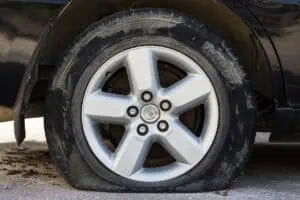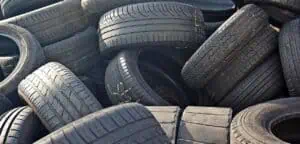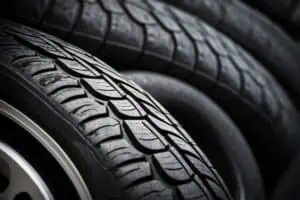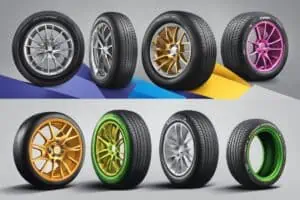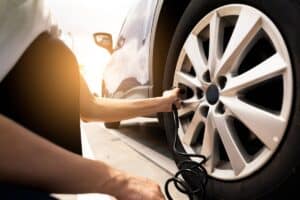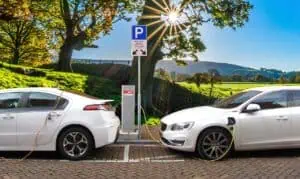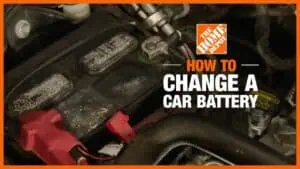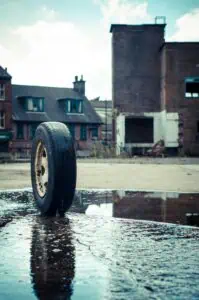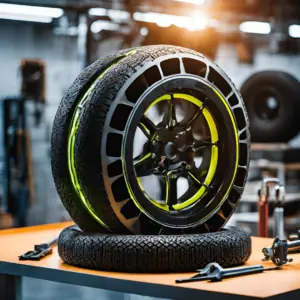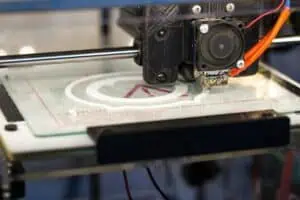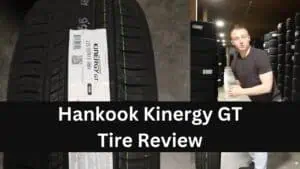In the world of automotive innovation, few developments are as exciting as the rise of airless tires. These puncture
proof marvels are set to transform our driving experience, offering a blend of safety, efficiency, and sustainability that
traditional pneumatic tires simply can’t match. Let’s dive into the world of airless tires and explore how they’re
reshaping the future of transportation.
What Are Airless Tires?
Airless tires, also known as non-pneumatic tires (NPTs), are exactly what they sound like – tires that don’t rely on air
pressure to maintain their shape and function. Instead, they use an innovative structure of flexible spokes or a
honeycomb-like design to support the weight of the vehicle and absorb shocks from the road.
Recent Advancements in Airless Tire Technology
- Michelin Uptis (Unique Puncture-proof Tire System)
Michelin has been at the forefront of airless tire technology with their Uptis system. This revolutionary design uses a
unique spoke structure made from composite materials that flex under load, mimicking the behavior of air-filled tires.
Recent advancements have improved the tire’s durability and ride comfort, making it increasingly viable for everyday
use. - Bridgestone Air Free Concept
Bridgestone’s Air Free Concept takes a different approach, using a unique spoke structure made from thermoplastic
resin. This design not only eliminates the need for air but also allows for easy recycling at the end of the tire’s life.
Recent improvements have focused on reducing rolling resistance, enhancing fuel efficiency for vehicles using these
tires. - Goodyear’s Non-Pneumatic Tire (NPT)
Goodyear has been making strides with their NPT design, which uses a flexible spoke structure surrounded by a
conventional tread. Their latest advancements have focused on improving the tire’s performance at higher speeds,
addressing one of the key challenges in airless tire adoption for passenger vehicles.
Benefits of Airless Tires
- Enhanced Safety
One of the most significant advantages of airless tires is the elimination of blowouts and sudden loss of pressure. This
dramatically reduces the risk of accidents caused by tire failures, especially at high speeds or in challenging driving
conditions. - Reduced Maintenance Costs
Say goodbye to regular pressure checks and the hassle of fixing flats. Airless tires require minimal maintenance,
potentially saving drivers hundreds of dollars over the life of their vehicle in tire-related costs. - Improved Fuel Efficiency
Recent advancements in airless tire technology have focused on reducing rolling resistance. This means vehicles
equipped with these tires can potentially achieve better fuel efficiency, saving money at the pump and reducing overall
carbon emissions. - Environmental Impact
Airless tires are designed to last longer than traditional tires, reducing the number of tires that end up in landfills each
year. Moreover, many of these tires are being designed with recyclability in mind, further reducing their environmental
footprint. - Consistent Performance
Unlike air-filled tires, which can lose pressure over time, airless tires maintain their shape and performance
characteristics throughout their lifespan. This means more consistent handling and braking performance for drivers.
Challenges and Future Developments
While the benefits of airless tires are clear, there are still hurdles to overcome before we see widespread adoption:
- Heat Dissipation: Traditional air-filled tires use air to help dissipate heat. Airless tire manufacturers are working
on innovative materials and designs to address this challenge. - High-Speed Performance: Some airless tire designs struggle to maintain stability at very high speeds. Ongoing
research is focused on improving performance across all speed ranges. - Cost: Currently, airless tires are more expensive to produce than traditional tires. As manufacturing processes
improve and production scales up, we can expect costs to come down. - Regulatory Approval: Before we see airless tires on our roads, they’ll need to meet stringent safety standards
and gain regulatory approval in various countries.
The Future of Automotive Industry with Airless Tires
The advent of airless tires is set to revolutionize not just the tire industry, but the entire automotive sector. Here’s how:
- Autonomous Vehicles: Self-driving cars will benefit greatly from the reliability and low maintenance
requirements of airless tires. - Electric Vehicles: The improved efficiency of airless tires could help extend the range of electric vehicles,
addressing one of the key concerns in EV adoption. - Sustainable Transportation: As the automotive industry moves towards more sustainable practices, airless tires
will play a crucial role in reducing waste and improving overall vehicle efficiency. - Off-Road and Military Applications: The durability of airless tires makes them ideal for challenging terrains and
military vehicles, where tire failures can have serious consequences.
Michelin Tweel
First impressions? It’s like someone took a regular tire, sent it to space camp, and brought it back with a PhD in awesome. The most eye-catching feature is that radical spoke design visible through the see-through sidewall. It’s not just for show, folks – this intricate network of flexible spokes is doing the heavy lifting that air usually handles in your run-of-the-mill tire.
Now, you might be wondering, “Does this mean I can kiss my tire gauge goodbye?” Well, you’re on the right track! This Tweel-inspired design is all about saying sayonara to those pesky punctures and blowouts that always seem to happen when you’re already running late. It’s like giving your car a set of indestructible moon boots – no more sweating bullets over every nail and screw on the road.
But don’t think for a second that function got tossed out the window for some futuristic flair. Take a gander at that outer tread – it’s keeping it real with a familiar look that’s all business when it comes to gripping the road. It’s the perfect marriage of “Back to the Future” tech and good old-fashioned traction.
Here’s where it gets really juicy for us tire nerds (yes, we exist, and we’re proud of it!):
- Durability: Those spokes aren’t just pretty to look at. They’re distributing weight more evenly across the tire, which could mean these bad boys will be outlasting your car payments.
- Smooth Operator: Without the need for air pressure, you’re looking at a ride that’s smoother than a freshly waxed bowling lane. Potholes? What potholes?
- Customization Nation: The spoke design opens up a whole new world of possibilities. Want a softer ride? Stiffer performance? It’s all in the spoke design, baby!
- Green Machine: With longer-lasting tires and potentially recyclable materials, Mother Nature’s giving us a big thumbs up.
Now, before you rush out to your local tire shop demanding a set, pump the brakes for a second. This Tweel-inspired design is still more concept than consumer product for most vehicles. But let me tell you, it’s got tire enthusiasts and engineers buzzing louder than a swarm of caffeinated bees.
What we’re looking at here is more than just a tire – it’s a revolution on wheels. It’s addressing age-old problems like flats and blowouts while paving the way for new possibilities in vehicle design and performance. For those of us who geek out over automotive innovations, this is like Christmas morning wrapped in high-tech rubber.
So, the next time you’re cruising down the highway and you spot a tire that looks like it came straight out of a sci-fi flick, you might just be catching a glimpse of this Tweel-inspired wonder in action. It’s not just changing the game; it’s rewriting the rules of the road. And let me tell you, the future of driving is looking smooth, safe, and puncture-proof!
Consider An Airless Tire
Airless tires represent a significant leap forward in automotive technology. As manufacturers continue to refine their designs and overcome existing challenges, we can look forward to a future where flat tires and roadside tire changes are a thing of the past. The benefits in terms of safety, efficiency, and environmental impact are too significant to ignore.
While it may be a few more years before we see airless tires become standard on passenger vehicles, the technology is
rapidly advancing. Keep an eye on this space – the tire revolution is just getting started, and it’s bound to change the way we think about our vehicles and our journeys on the road.
So, the next time you’re out for a spin, take a moment to appreciate your current tires. They’re doing a great job, but who knows? In a few years, you might be rolling along on a set of these futuristic airless wonders. The road ahead is looking mighty interesting, and these innovative tires are ready to roll into action!
Remember, folks – in the world of tires, round is no longer around. The future is here, and it’s got spokes, style, and a whole lot of substance. Keep your eyes on the road, and your mind on the incredible tech that’s keeping you rolling!
sources: https://www.tires-easy.com/blog/tire-technology-and-innovation/?
srsltid=AfmBOooultL6Q7dJn1xi4AKszT_HCcdtNzEuoTtEIoq-Q20KYU2Jwdzm
https://www.giga-tires.com/blog/future-of-tire-technology/?
srsltid=AfmBOorzRNU0p16HAQteiYqKbU917yYUFWpNRrF2KFzoQ-UY4frx-fv9


